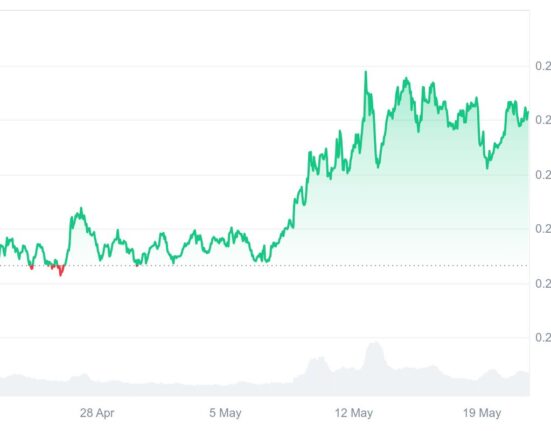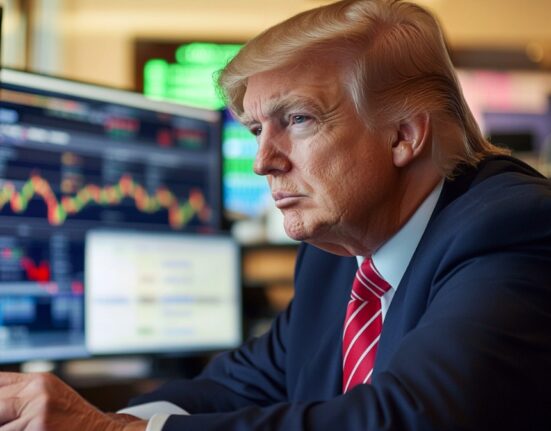- Fibonacci expansion suggested Bitcoin’s next major target range might lie between $136k and $150k
- ETFs and Futures must see significant capital inflows to push Bitcoin’s market cap to $3 trillion
Bitcoin’s [BTC] journey to the $2 trillion market cap has solidified its position as a dominant force. However, as the asset matures, the question on many investors’ minds is whether Bitcoin can hit the elusive $150,000-level. While the target seems ambitious, data and market indicators suggest it’s within reach – If the right conditions align.
Achieving this milestone will require significant capital inflows, driven by factors like institutional adoption, the growing popularity of Bitcoin ETFs, and the expansion of Futures markets.
Bitcoin’s price structure – Bullish spikes and consolidation
Bitcoin’s price history has been marked by sharp bullish spikes, followed by consolidation periods that often test investor patience.
These consolidations, while sometimes seen as “distressing,” are essential phases of market maturity. Historical cycles, including the 2021 and 2023 bull runs, reflect this pattern – Explosive gains followed by months of price stabilization before the next leg up.
The crypto’s price chart highlighted this behavior, showing Bitcoin’s price reaching all-time highs, retracing into accumulation zones, and later resuming its upward trajectory.
Notably, the latest hike past $100k followed a similar structure, reinforcing Bitcoin’s long-term bullish framework. As institutional interest grows and ETF adoption expands, these consolidations may become more structured, setting the stage for the next major price expansion toward $150k.
Bitcoin – Road to $150,000
Bitcoin’s Fibonacci expansion from the November 2022 low of $15,450 to the 2024 consolidation near $48,934 seemed to project an upper target range of $136k–$150k.
Historically, Bitcoin has respected Fibonacci levels, using them as both resistance and support. This projection aligned with Bitcoin’s press time bullish structure, where price consolidations have often preceded major breakouts on the charts.
The realized price bands metric further supported this outlook. Bitcoin, at the time of writing, was nearing the upper red band ($136k), historically associated with market peaks.
If momentum sustains itself, Bitcoin could push itself towards $150k – Fulfilling its next major expansion phase.
How much demand is needed to push Bitcoin to $150k?
For Bitcoin to hit $150k, its market cap must climb to approximately $3 trillion. While this is a significant leap from its previous cycle highs, it remains feasible given Bitcoin’s historical growth.
Comparing past cycles, Bitcoin’s market cap surged by an astonishing 470% during the 2021 bull run. On the contrary, the current cycle has seen a 111% hike so far.
While this growth rate is lower, it reflects Bitcoin’s maturity as an asset class. The hike in institutional adoption, Bitcoin ETFs, and increasing on-chain activity suggested that sustained capital inflows could drive Bitcoin towards the $3 trillion threshold.
If demand continues to rise, hitting $150k may be a matter of when – Not if.
Read Bitcoin (BTC) Price Prediction 2025-26
Role of ETFs and Futures in driving demand
Bitcoin ETFs have seen significant inflows since their launch, with Realized Cap ETFs accumulating approximately $40 billion – Just 4.7% of Bitcoin’s total Realized Cap. However, for Bitcoin to approach $150k, inflows would need to increase over sevenfold – Surpassing $350 billion. This would require a massive influx of liquid capital, likely driven by institutional investors and sovereign funds.
Meanwhile, the Bitcoin Futures market currently holds an aggregate value of $95 billion, about 11.45% of the Realized Cap. To hit $350 billion, this market would need to expand 3.7 times its current size.
Given macroeconomic uncertainties, including FOMC policy shifts and an overheated market, such rapid expansion may be difficult. However, not impossible if institutional demand accelerates.












